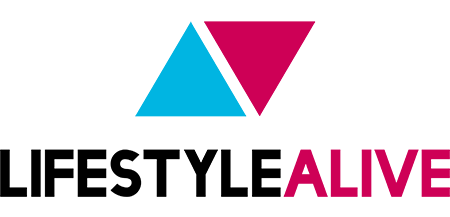As businesses continue shifting to cloud-based software, safeguarding data and user access has become increasingly critical. Software-as-a-Service (SaaS) platforms are widely adopted due to their flexibility and scalability, but they also present new security challenges. From data breaches to insider threats, securing these applications is vital. According to Gartner, 99% of cloud security failures through 2025 will be the customer’s fault, often due to misconfigurations or inadequate controls.
Useful Facts About SaaS Security Solutions
1. Designed for the Cloud Environment
SaaS security solutions are purpose-built to address the unique needs of cloud-native applications. They provide tools to secure data in transit and at rest, enforce user access controls, and monitor for unauthorized activities.
2. Identity and Access Management (IAM) is Central
A core component of SaaS security is IAM. By controlling who can access which resources, IAM systems reduce the risk of unauthorized access. Features like single sign-on (SSO) and multi-factor authentication (MFA) strengthen protection across integrated platforms.
3. Data Encryption is a Standard
SaaS providers typically implement encryption protocols, such as TLS for data in transit and AES-256 for data at rest. This ensures sensitive information remains secure even if intercepted or stored on external servers.
4. Shared Responsibility Model Applies
Security in SaaS environments is a joint effort. The provider is responsible for the infrastructure and core application security, while the customer is responsible for configuring settings, managing access, and safeguarding user credentials.
5. Threat Detection and Response is Built-In
Many SaaS security platforms include real-time monitoring, anomaly detection, and automated response mechanisms. These features help identify and address suspicious behavior quickly, minimizing potential damage.
6. Compliance Support is Included
Reputable SaaS security solutions help businesses meet regulatory requirements such as GDPR, HIPAA, SOC 2, and ISO/IEC 27001. These solutions provide audit logs, user activity reports, and data residency controls to assist with compliance.
7. API Security is a Key Concern
SaaS platforms often rely on APIs for integration with other services. Securing these APIs is crucial to prevent unauthorized data access and service disruptions. SaaS security tools monitor and restrict API usage based on defined policies.
8. Role-Based Access Enhances Control
By assigning users specific roles and permissions, organizations can ensure individuals only access the information and features necessary for their responsibilities. This minimizes insider threats and limits the impact of compromised accounts.
9. Endpoint Security Matters
Even with strong SaaS security, endpoints such as laptops and mobile devices can be vulnerable. Integrating SaaS solutions with endpoint protection tools ensures a more comprehensive security posture.
10. Centralized Dashboards Aid Management
SaaS security solutions often feature centralized dashboards that offer visibility across users, devices, and activities. This simplifies management, aids in policy enforcement, and supports quick responses to incidents.
11. Integration With SIEM Tools is Common
Many SaaS security solutions can integrate with Security Information and Event Management (SIEM) systems. This allows security teams to collect, analyze, and act on data from multiple sources, improving overall security monitoring.
12. Scalability Supports Growing Needs
As organizations expand, SaaS security solutions can scale effortlessly. Whether adding new users, applications, or locations, the security infrastructure adjusts without the need for significant reconfiguration.
13. Security Updates Are Handled by Providers
One of the major advantages of SaaS is that providers manage system updates and security patches. This reduces the burden on internal IT teams and ensures that applications are protected against the latest threats.
14. Training and Awareness Are Still Critical
Technology alone cannot prevent breaches. Regular user training on topics like phishing, password hygiene, and secure sharing practices remains an important layer of defense in any SaaS security strategy.
SaaS security solutions play a vital role in protecting the integrity, availability, and confidentiality of cloud-based applications. With businesses depending more on SaaS platforms for daily operations, the importance of robust security measures cannot be overstated. Understanding how these solutions function and what they offer helps organizations make informed choices and maintain a strong security posture. As threats continue to evolve, so must the strategies and technologies used to defend against them.

